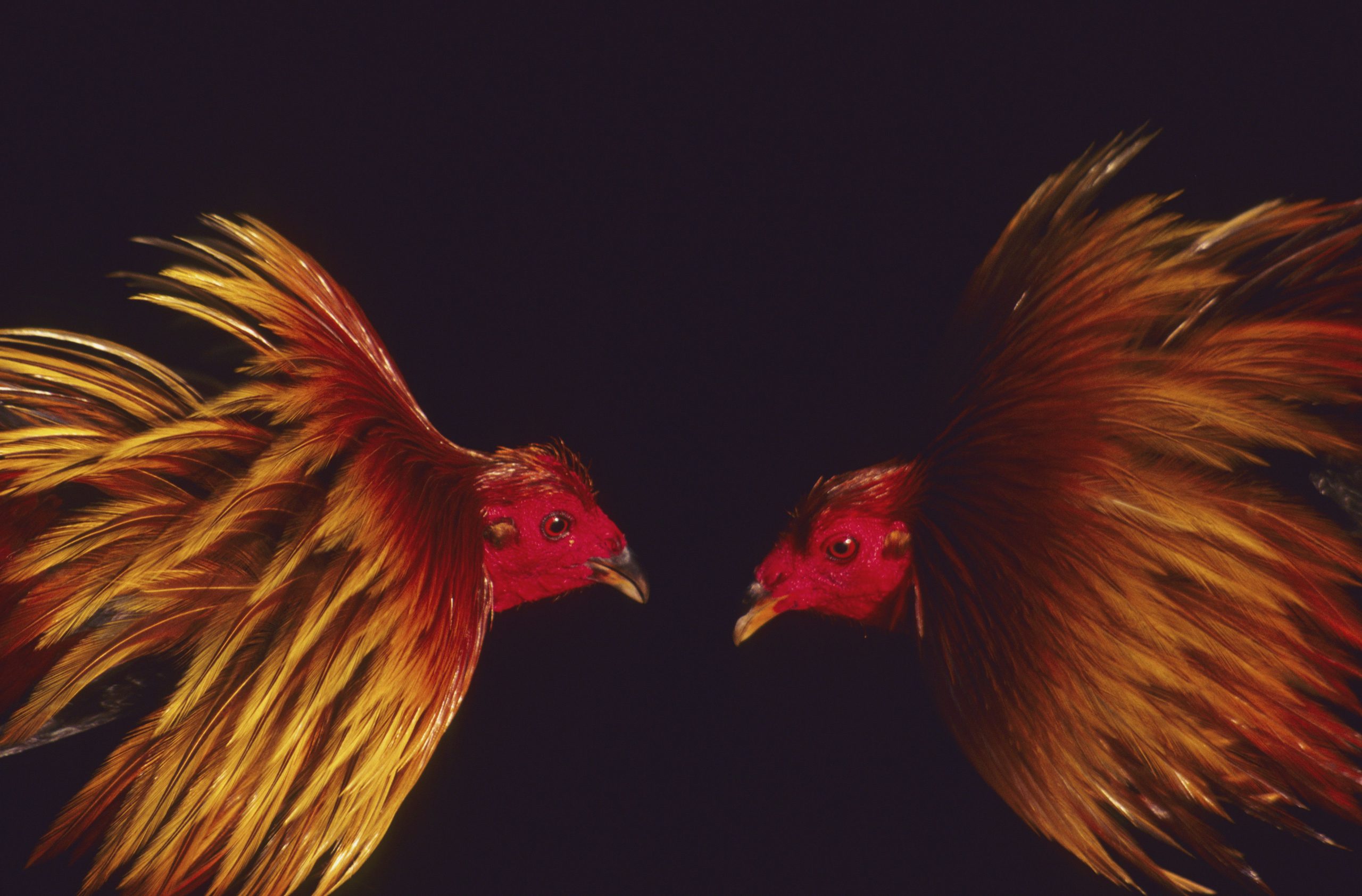Mastering Gamefowl Brooding Practices and Bloodline Management
Mastering Gamefowl Brooding Practices and Bloodline Management
The world of gamefowl breeding is an intricate and time-honored tradition that spans generations, with enthusiasts constantly seeking ways to improve the health, performance, and genetic potential of their prized birds. Central to this endeavor is the art of brooding and the careful management of bloodlines. In this article, we delve into the number one gamefowl brooding practice and the essential aspects of maintaining a strong and thriving bloodline.
The Importance of Brooding
Successful gamefowl breeding begins with proper brooding practices. Brooding refers to the nurturing and care of newly hatched chicks during their critical early stages of life. This period, typically the first 6-8 weeks, lays the foundation for the bird’s future development, health, and performance in the pit.
Temperature Control: The most crucial aspect of gamefowl brooding is maintaining the right temperature. Newly hatched chicks are incredibly sensitive to temperature fluctuations. Keeping the brooding area at a consistent temperature of around 90-95°F (32-35°C) for the first week, and then gradually reducing it by 5°F (2.5°C) each week, is essential. Heat lamps, brooder heaters, or heating pads are commonly used to achieve this.
Proper Ventilation: Adequate ventilation is necessary to maintain air quality and prevent respiratory issues. Make sure there is sufficient airflow without creating drafts that could chill the chicks.
Cleanliness: Keeping the brooding area clean is vital. Regularly remove wet bedding and replace it with dry material to prevent diseases like coccidiosis.
Nutrition: Provide a balanced and nutritionally sound diet. Commercial chick starter feeds are formulated to meet their specific needs. Ensure access to clean, fresh water at all times.
Space and Socialization: Adequate space is essential to prevent overcrowding, which can lead to stress and aggression. Socialization is also crucial, so allow chicks to interact with each other and explore their environment.
Managing Bloodlines
Maintaining a strong and consistent bloodline is fundamental to achieving desired traits and performance in gamefowl. Here are some key practices:
Selective Breeding: Carefully select breeding pairs based on their individual traits, performance, and genetic compatibility. Record and analyze the lineage and performance history of each bird to make informed decisions.
Pedigree Records: Keep detailed pedigree records to trace the lineage of each bird. This information is invaluable in tracking the genetic history and identifying the best potential breeders.
Culling: Be willing to cull birds that do not meet the desired standards or exhibit health issues. Culling ensures that only the best genetics are passed on to the next generation.
Inbreeding Avoidance: While some degree of line-breeding can be beneficial, avoid excessive inbreeding as it can lead to genetic defects and weakened bloodlines. Introduce new bloodlines occasionally to refresh the genetic pool.
Testing and Evaluation: Regularly test and evaluate your birds’ performance in the pit. This feedback helps you identify which traits are desirable and which need improvement.
Genetic Diversity: Strive to maintain a diverse genetic pool. Genetic diversity reduces the risk of hereditary diseases and maintains a robust bloodline.
- Author
- September 26, 2023
- 4:12 am
- No Comments

